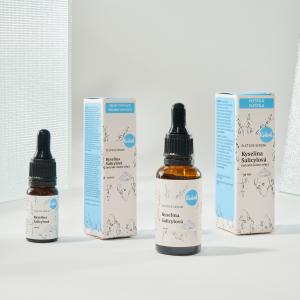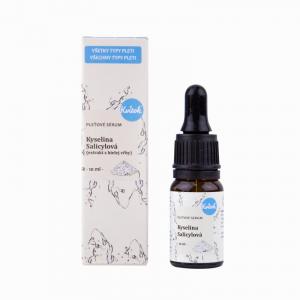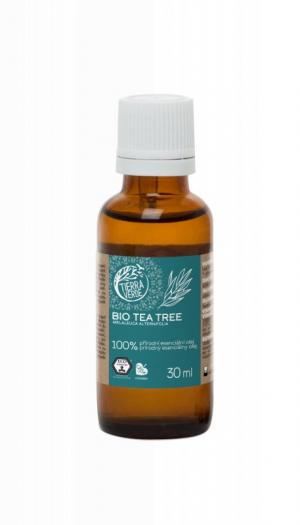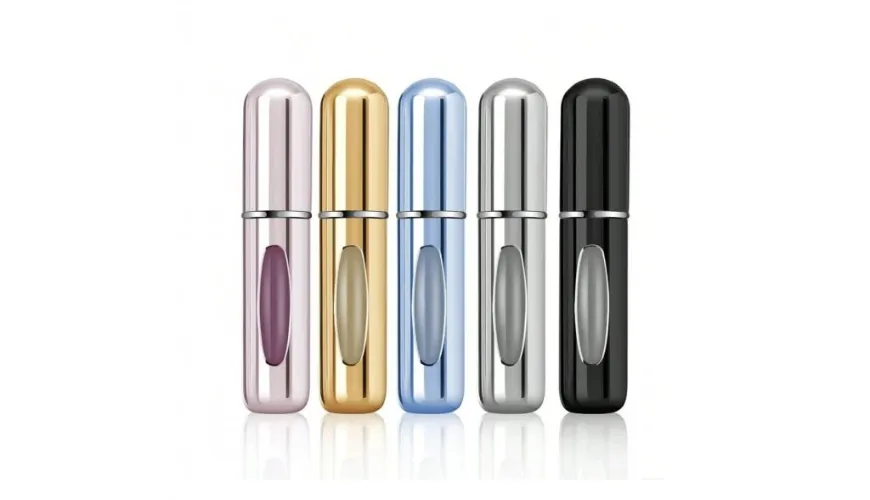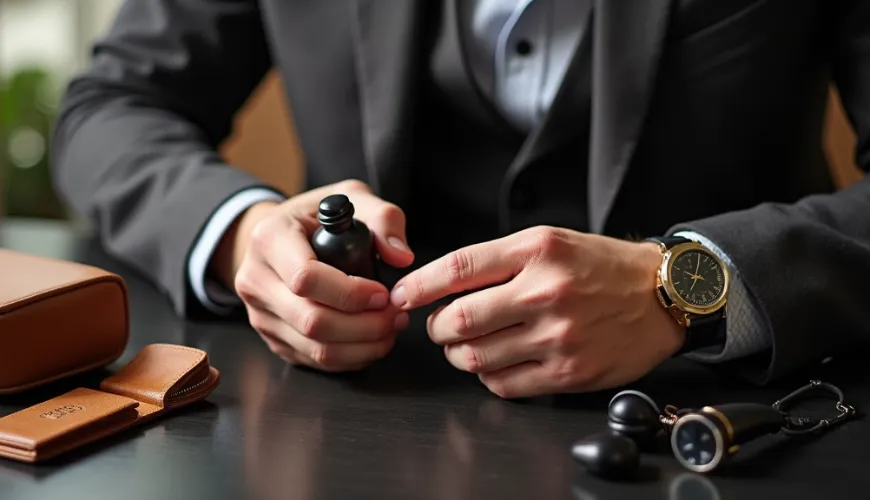
Mollusks and Tips for Their Safe Treatment
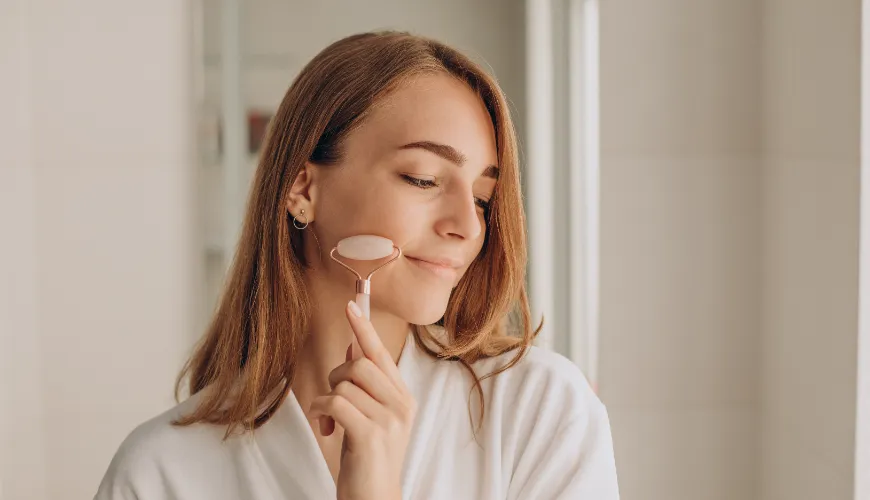
Mollusks - A Guide to Skin Disease
Mollusks, also known as molluscum contagiosum, represent a viral skin infection that is often underestimated, but its significance cannot be overlooked. Despite being harmless, mollusks can cause discomfort, and therefore it is important to understand their causes, manifestations, treatment options, and preventive measures.
What are mollusks?
Mollusks are caused by a virus from the Poxviridae family, specifically the molluscum contagiosum virus. The disease manifests as the formation of characteristic skin bumps that are small, round, pearly, shiny, and often have a central indentation. These papules can appear on any part of the body, but are most commonly found on areas with softer skin such as the face, trunk, limbs, and also in the genital area.
Transmission and Risk Groups
Mollusks are highly contagious and spread through direct contact with infected skin. Transmission can also occur indirectly through contaminated objects, such as towels, clothing, sports equipment, or even toys.
The most at-risk group includes children and adolescents, especially due to their frequent physical interactions and sharing of personal items in school and sports club environments. In adults, the infection often spreads through intimate contact and is considered a sexually transmitted disease if it affects the genital area.
A weakened immune system increases the risk of infection, meaning that people with immunocompromised conditions, such as those who are HIV positive, diabetics, or those undergoing chemotherapy, may be more susceptible to mollusks and often have them in more severe forms.
Clinical Manifestations
The first signs of infection usually appear several weeks to months after infection with the virus. The main manifestations are:
- Papules: Small, firm, round bumps, 2-5 mm in diameter, that look like pearls on the skin. They can be solitary or in clusters.
- Central indentation: In the middle of each bump is a characteristic depression, which is a distinctive sign of mollusks.
- Itching or irritation: While mollusks are usually not painful, some individuals may experience itching or irritation.
- Inflammation of surrounding skin: In a number of cases, an inflammatory reaction can occur in the skin around the papule, especially if the bumps are damaged or scratched.
Diagnosis
The diagnosis of mollusks is usually clinical due to their characteristic appearance. A dermatologist can typically identify the disease through a simple visual examination of the bumps. In some cases, especially where diagnosis is uncertain, a doctor may decide to perform a biopsy to rule out other skin conditions.
Treatment Options
Although mollusks often disappear on their own within 6 to 12 months, many patients seek treatment for aesthetic reasons or to prevent the infection from spreading to other parts of the body or to other people. There are several treatment options:
-
Cryotherapy: This method involves freezing the bumps with liquid nitrogen, which can help in their removal. It is often well tolerated but may cause mild discomfort and skin discoloration.
-
Curettage: Careful mechanical removal of the bumps using a special tool that is used to cut off the top of the bump. This method is effective, but it can be painful and may leave small scars.
-
Chemical treatment: Topical application of chemicals such as salicylic acid, potassium hydroxide or tretinoin, which help break down the surface of the bumps and accelerate healing.
-
Imiquimod cream: This medication stimulates the immune system to fight the virus. It is mainly used in cases where mollusks are located in sensitive areas or are very numerous.
-
Pulsed laser therapy: Use of a laser to remove the bumps. This method is most often chosen when other methods have failed or are not suitable.
Each of these methods has its advantages and disadvantages, and therefore should be discussed with a dermatologist to find the most appropriate solution for the specific patient.
Try our natural products
Prevention of Spread
Reducing the risk of spreading mollusks involves several key steps:
- Maintaining personal hygiene: Regular handwashing and avoiding touching infected areas.
- Avoiding sharing personal items: Such as towels, clothing, or combs.
- Covering the bumps: When swimming or engaging in sports, it is advisable to cover the bumps with a bandage to minimize the risk of transmission.
- Avoiding close physical contact: Refraining from direct skin-to-skin contact with an infected person.
- Awareness and education: Informing those around you about mollusks and their prevention, especially in environments where children are present.
While mollusks are not a serious health risk, they can be a source of physical and emotional discomfort. Proper awareness and prevention are key to stopping the spread of this viral infection. Regular consultation with a dermatologist can help determine the most suitable treatment and ensure that the infection is effectively managed. Although mollusks are generally harmless, the correct approach to their treatment and prevention can significantly contribute to improving the quality of life of those affected.

